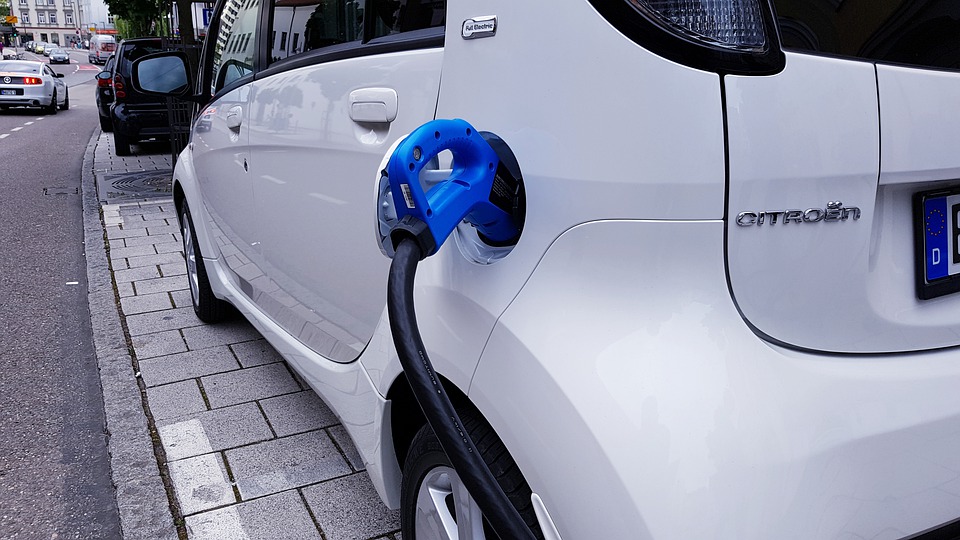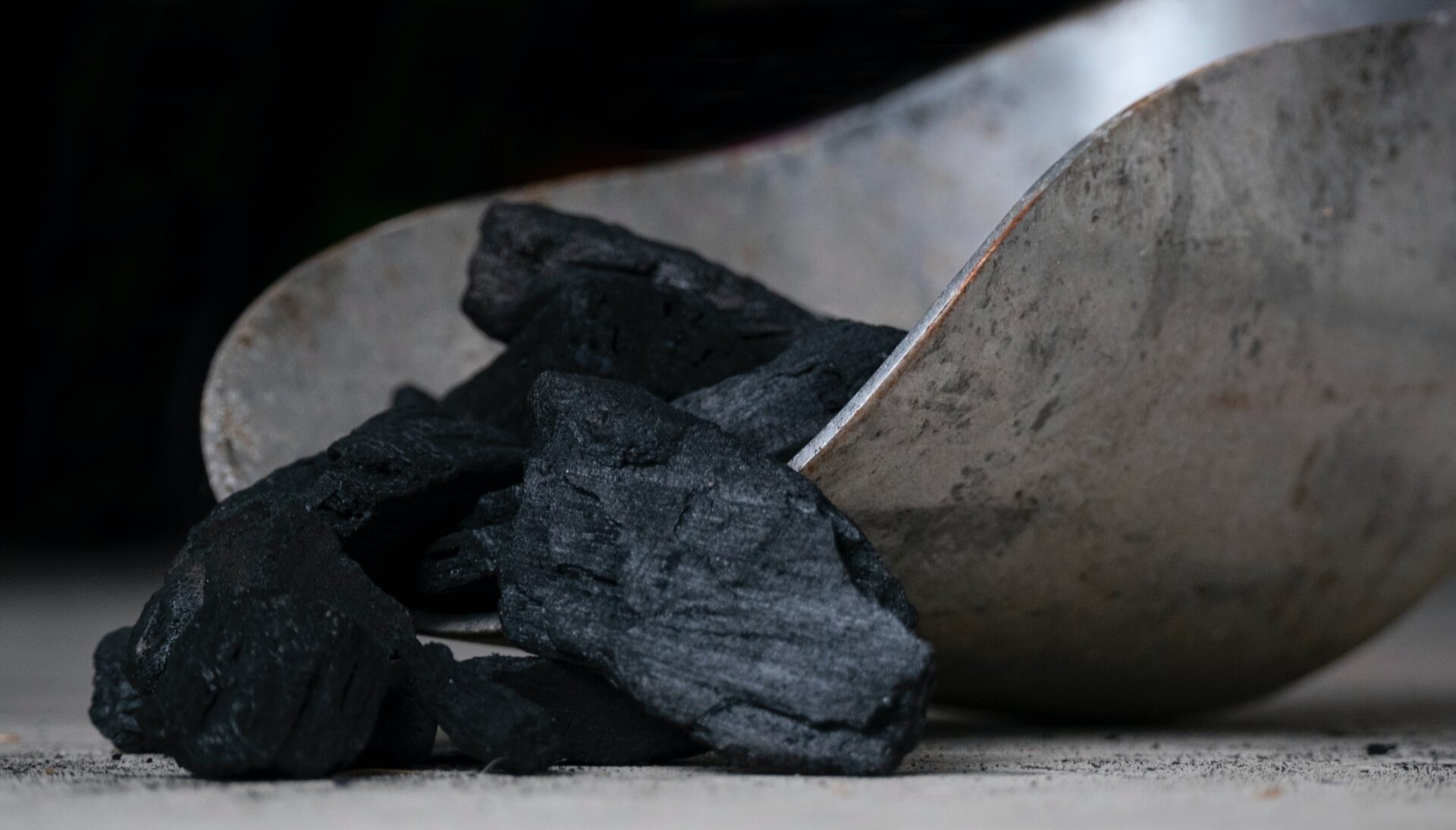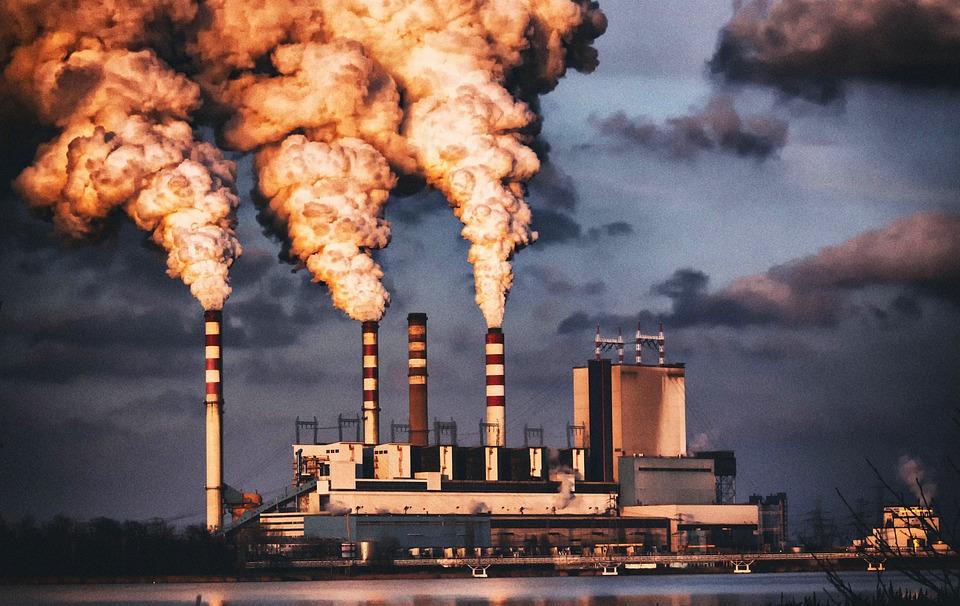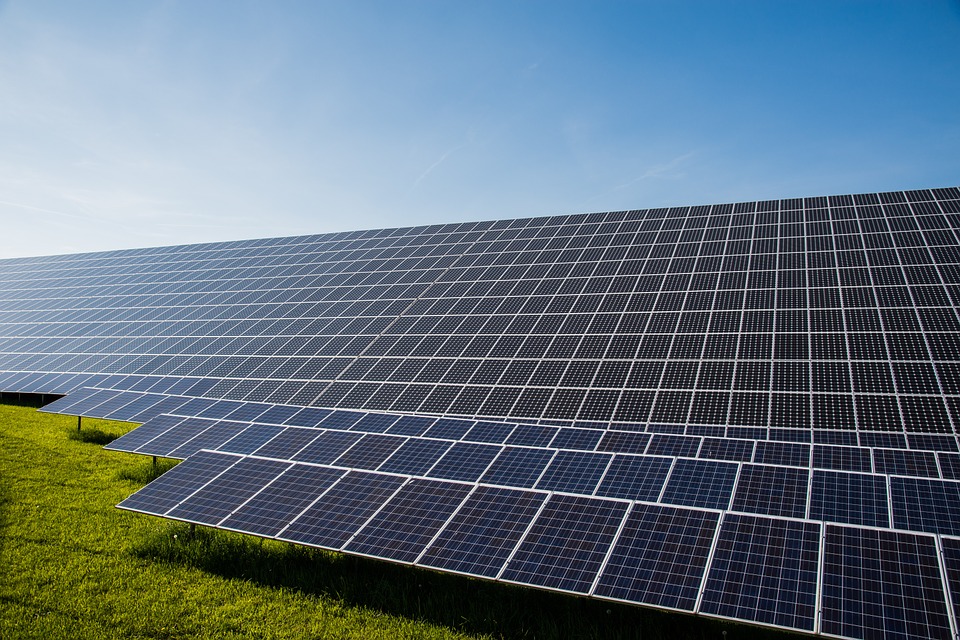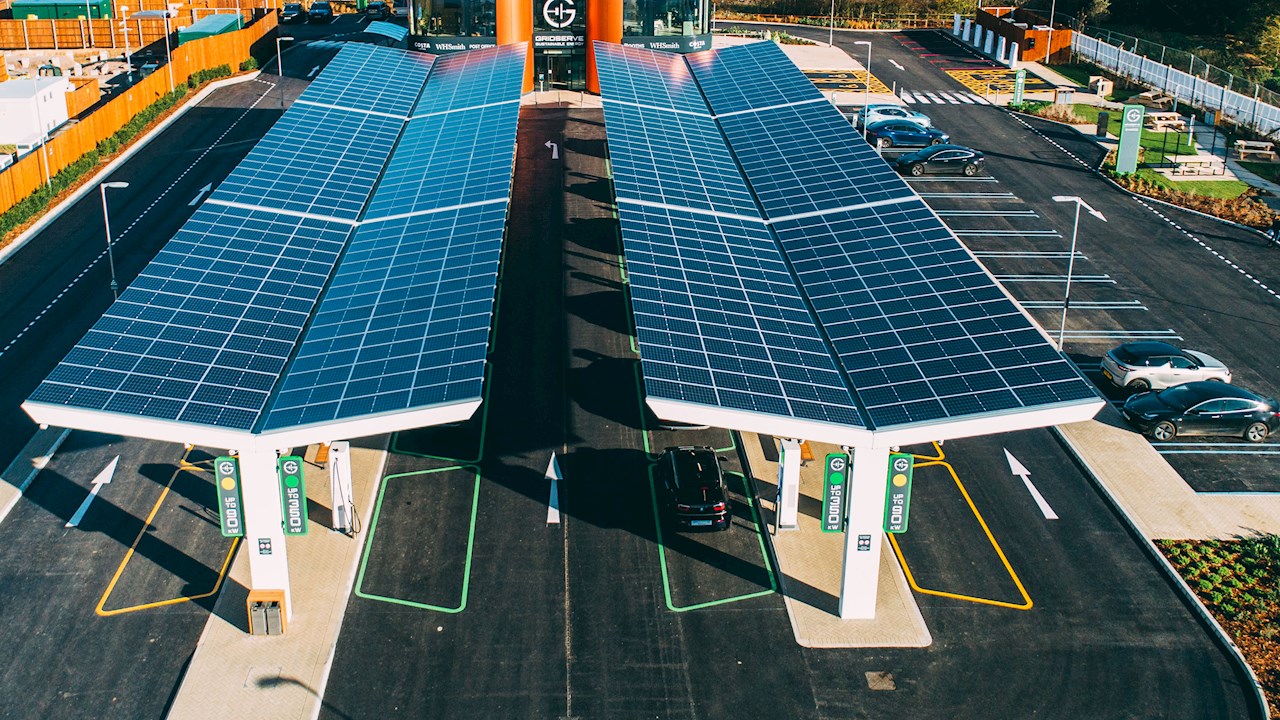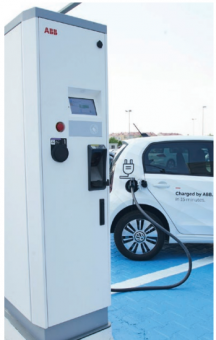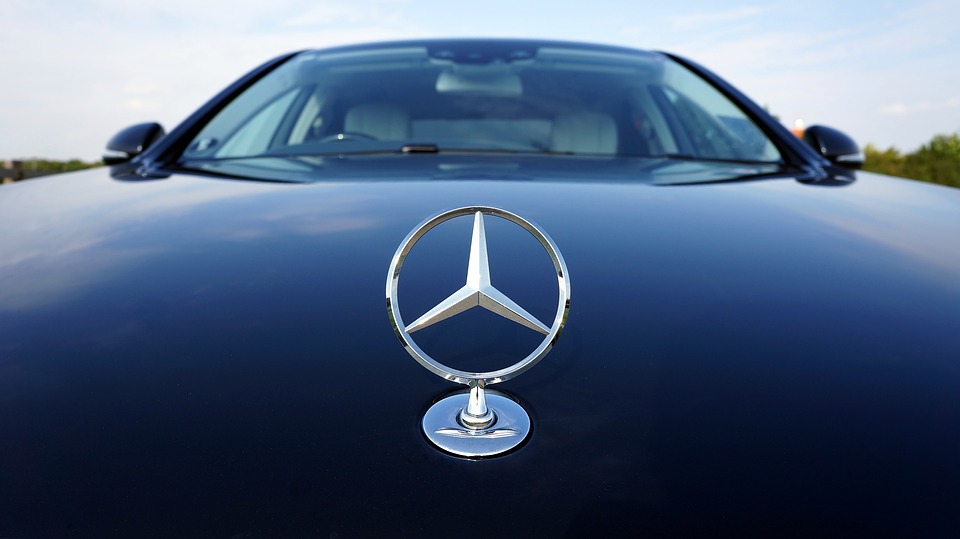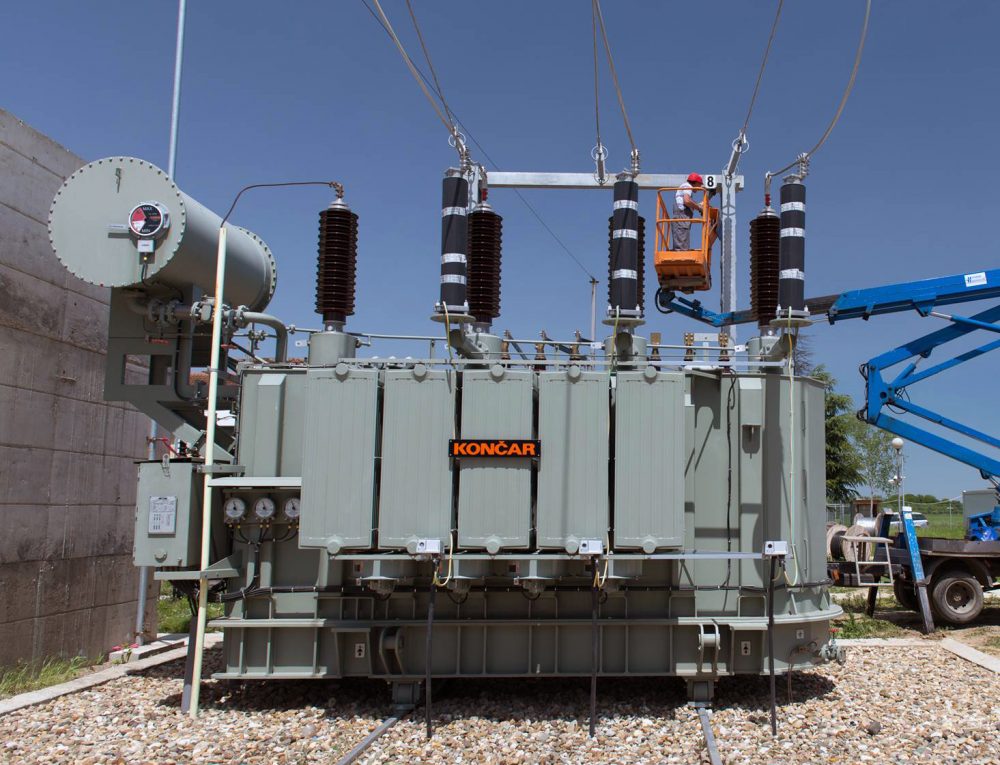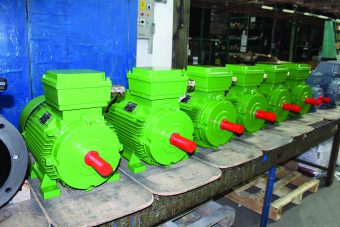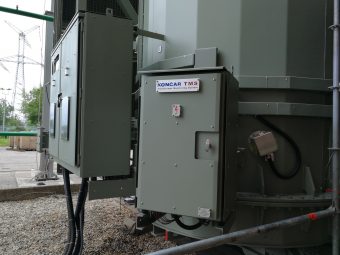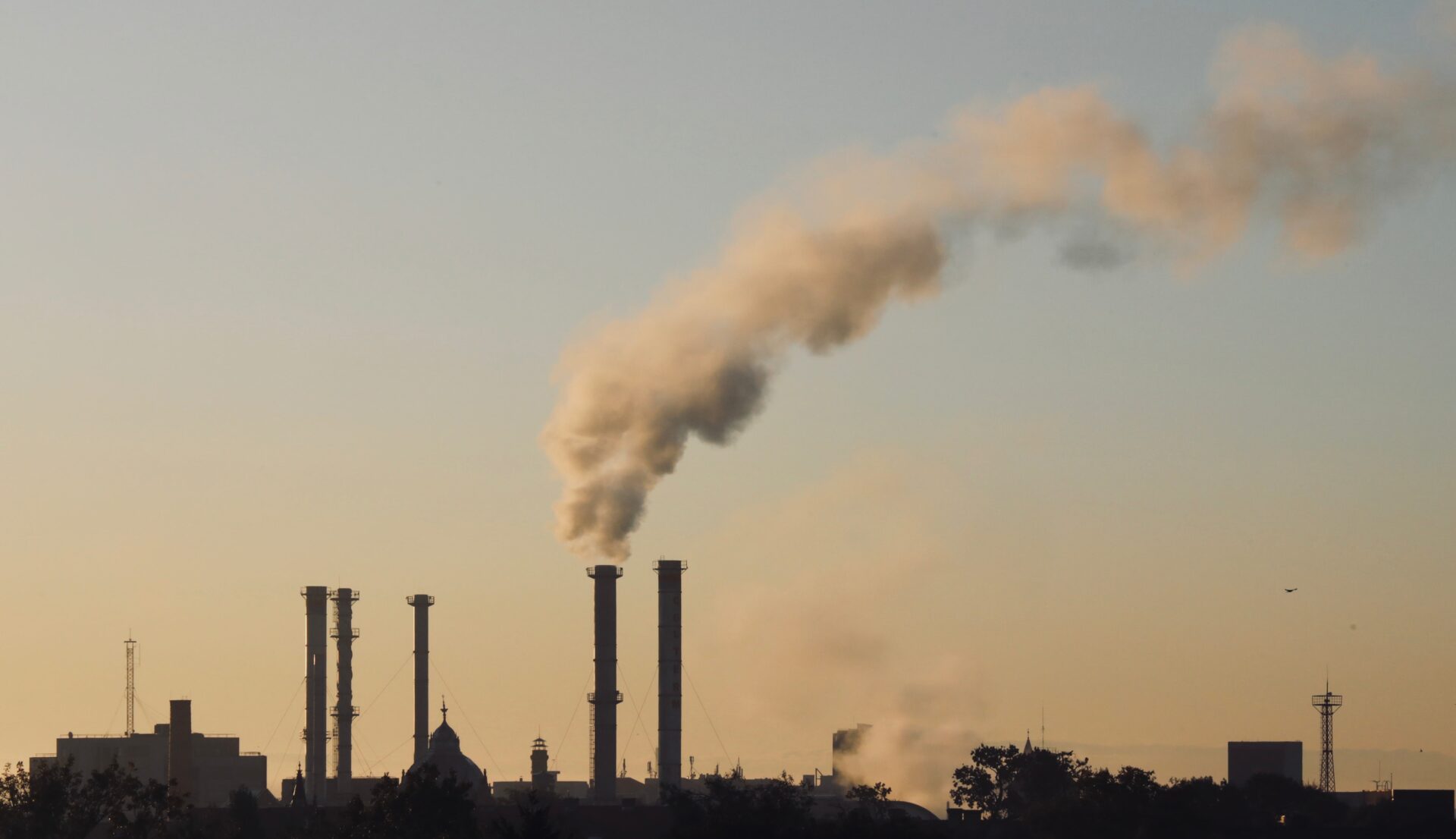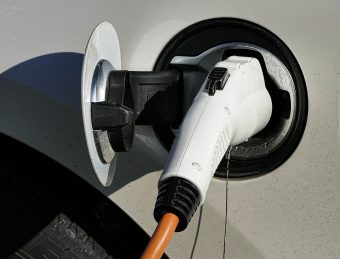
Europe’s auto market saw diesel share fall below 20 percent for the first time in Q2 2021 from nearer 30 percent a year ago. Meanwhile plugin electric vehicle share more than doubled year-on-year to 16,9 percent in Q2.
This is our first report drawing on quarterly powertrain data from the European Automobile Manufacturers’ Association (ACEA). The data region is EU + EFTA + UK and counts all passenger autos, with Q2 recording 3.405.804 total sales.
For those wanting more granular coverage, our regular monthly Europe reports include timely market share data for plugin electric vehicles, including detailed data on the best selling plugin models and brands. (Note that the monthly Europe report draws upon a slightly larger data region, including Ukraine and Turkey).
The ACEA quarterly data graphed above has the advantage of tracking the market share of all powertrain types, so we can see the entire market’s evolution over time. The quarterly resolution has a consolatory silver lining of smoothing the erratic month-by-month results of those automakers who mainly deliver at the end of each quarter (Tesla, for example).
More:
Diesel In Decline, Electrification Gaining Fast
Europe’s diesel share of new sales dropped dramatically to 18,4 percent in Q2 2021, from 27,9 percent in Q2 2020. That’s a huge one-third cut in share over the course of 12 months. At this rate, diesel will be below 10 percent share in Europe by Q4 2022 or Q1 2023.
Plugin electric vehicle powertrains have more than doubled their market share over the past year, hitting 16,9 percent in Q2 2021, from 8,4 percent in Q2 2020. The combined plugin result of 16,9 percent was slightly weighted towards pure electrics (BEVs, totaling 289,625 sales) at 8,50 percent, with plugin hybrids (PHEVs, 284,940) contributing 8,37 percent. Both categories roughly doubled their share from a year ago.
You can read the whole article HERE.
Source: Clean Technica


